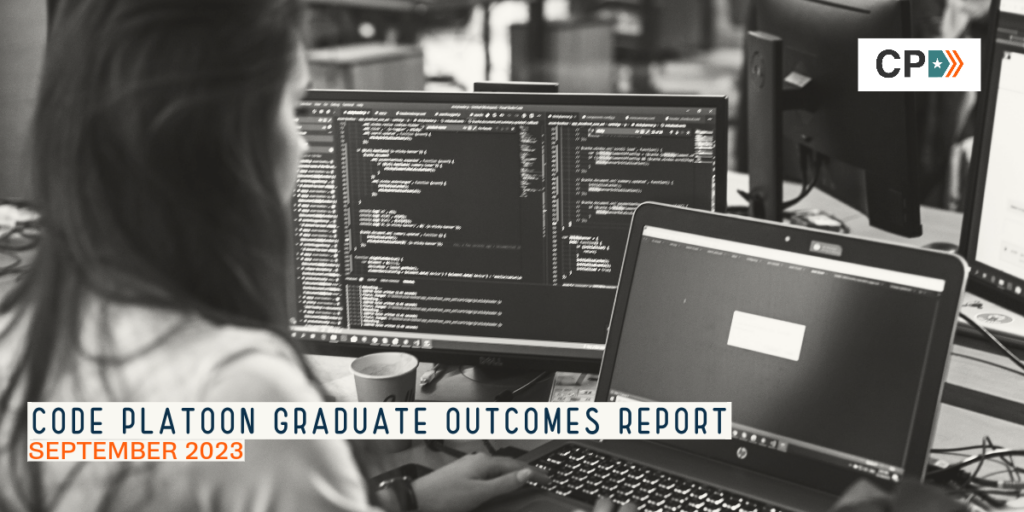In the article “Best practices for your LinkedIn profile photo during your military transition,” the author explores the importance of presenting a professional image on LinkedIn during the military-to-civilian transition. The article emphasizes the significance of first impressions and provides practical tips for selecting an appropriate profile photo that showcases professionalism and aligns with industry expectations. By following these best practices, service members can effectively leverage LinkedIn as a tool for networking and showcasing their skills and experiences as they transition into civilian careers.

Best practices for your LinkedIn profile photo during your military transition
LinkedIn has become an incredibly valuable tool for professionals looking to connect with colleagues, build their personal brand, and explore career opportunities. As you transition from the military to the civilian sector, showcasing your skills and experience on LinkedIn becomes even more important. One crucial aspect of your LinkedIn profile is your profile photo. While it may seem like a small detail, your profile photo has a significant impact on how you are perceived by others. In this article, we will discuss the best practices for your LinkedIn profile photo during your military transition. By following these guidelines, you can ensure that your profile photo presents you in a professional and polished manner.
Importance of a professional LinkedIn profile photo
First impressions are critical. When recruiters and hiring managers visit your LinkedIn profile, your profile photo is often the first thing they see. It is essential to make a positive and professional first impression. Your profile photo should convey that you are confident, approachable, and ready to take on new opportunities. A professional profile photo not only increases your chances of attracting the attention of recruiters but also shows that you take your professional image seriously.
Visual Impact
The visual impact of your LinkedIn profile photo cannot be underestimated. It is the first element that catches the viewer’s attention and can leave a lasting impression. A visually appealing photo can pique the interest of recruiters and encourage them to explore your profile further.
Use a high-quality photo
To ensure that your LinkedIn profile photo has the desired visual impact, it is crucial to use a high-quality photo. Blurry or pixelated images can give the impression that you are not detail-oriented or do not prioritize professionalism. Invest in a high-resolution photo that captures your features clearly and accurately. It is worth the investment to hire a professional photographer who specializes in headshots to ensure that you have an image that represents you well.

Dress professionally
When selecting a LinkedIn profile photo, it is essential to dress professionally. Consider the industry and role you are targeting and dress accordingly. While it may be tempting to showcase your military uniform, it is advisable to choose attire that reflects the civilian professional environment. Opt for business attire, such as a suit or a blazer with a collared shirt. Dressing professionally in your LinkedIn profile photo demonstrates that you understand the expectations of the professional world outside the military.
Maintain a neutral background
Another crucial aspect of a professional LinkedIn profile photo is the background. To maintain a polished look, it is best to choose a neutral background that does not distract from your face. Solid-colored walls or plain backgrounds are recommended. Avoid busy or cluttered backgrounds that can divert attention away from you. The focus should be on you, your face, and your professional image.

Make sure your face is visible and clear
Your LinkedIn profile photo is all about showcasing your face. It is essential to ensure that your face is clearly visible and free from any obstructions. Avoid sunglasses, hats, or any other accessories that cover your face. Your photo should capture your facial features, expressions, and professionalism. A close-up photo that showcases your face and upper torso is ideal.
Use natural and flattering lighting
Lighting plays a crucial role in the quality and impact of your profile photo. Natural lighting is generally the most flattering and provides a clear and vibrant image. Avoid harsh or artificial lighting that may cast unflattering shadows or distort your features. If possible, take your photo outdoors during a time of day when the natural light is soft and diffused. If taking indoor photos, position yourself near a window to benefit from natural light.

Pose and expression
The pose and expression in your LinkedIn profile photo should convey professionalism and approachability. Maintain a relaxed yet confident pose, with your shoulders back and your head held high. It is essential to smile genuinely and naturally to project a friendly and likable image. Avoid overly formal poses or expressions that may come across as unapproachable.
Conclusion
As you navigate your military transition and embark on a new professional journey, your LinkedIn profile photo can significantly impact your opportunities. By following these best practices, you can ensure that your profile photo presents you in a professional and polished light. Remember to invest in a high-quality photo, dress professionally, choose a neutral background, ensure your face is visible and clear, use natural and flattering lighting, and convey a confident and approachable pose and expression. With a strong profile photo, you can make a positive and lasting first impression on recruiters and hiring managers, increasing your chances of success in your civilian career.

